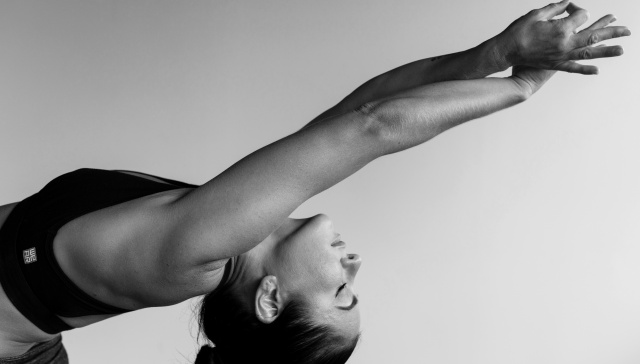Hatha Yoga
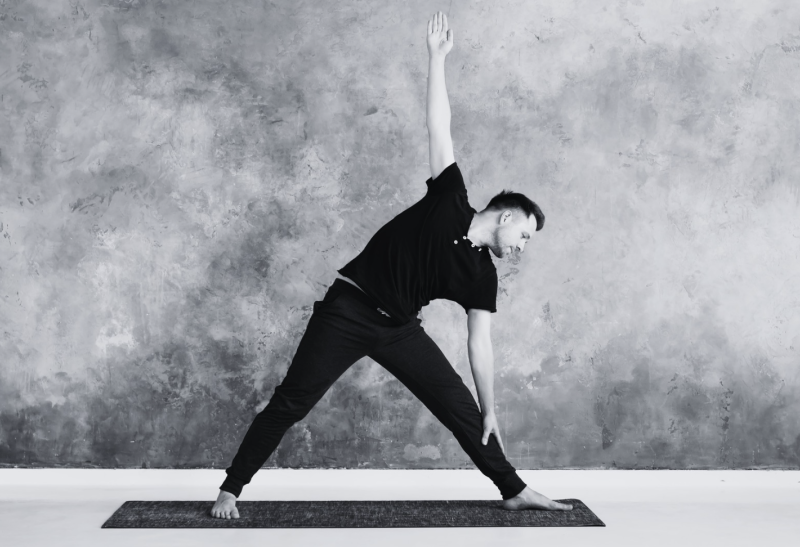
The History of Hatha Yoga
Hatha is an umbrella term for many different types of yoga practised in “the West”, including Ashtanga, Vinyasa and Iyengar.
In popular Indian tradition, the origins of Hatha Yoga are traced back to the Buddist and Hindu saint and yogi Matsyendranath and Gorakhnath, the legendary 11th-century founder of the Kanphata Yogis.
The earliest text describing Hatha Yoga is the 11th-century Amṛtasiddhi, which is suggested to come from Tantra's Buddhist tradition and teachings.
The sanskrit word hatha means force. However, it can also be translated with ha meaning sun, and the meaning moon. Thus, it’s considered a balanced practice, and classes will generally match elements of physicality with breathing and meditation.
There are three key texts in Hatha Yoga, 'The Hatha Yoga Pradipika, a fifteenth-century manual, 'The Gheranda Samhita', likely from the late seventeenth century, and 'The Shiva Samhita' which has been dated to the seventeenth century, with some scholars suggesting it came much earlier.
Swami Vivekananda was the first Hindu teacher to bring elements of yoga to a Western audience and toured Europe and the United States in the 1890s.
The first Hatha yoga teacher was Tirumalai Krishnamacharya, who opened the first Hatha Yoga school in Mysore in 1924, and taught to prestigious teachers like Patanjali BKS Iyengar and Pattabhi Jois who developed their type of yogas: Iyengar for Patnjali and Ashtanga and Vinyasa for Patthabhi Jois. Hatha yoga was the origin of modern yoga in the 20th century.
Besides classical hatha yoga, experienced teachers still create new variations of hatha yoga. Beryl Bender Birch created power yoga , Vanda Scaravelli created Scaravelli-inspired yoga, John Friend created Anusara Yoga, Paulie Zink created Yin Yoga and Yin Yang Yoga. Controversial individuals like Bikram Choudhury created Bikram Yoga (Hot Yoga) and Yogi Bhajan brought Kundalini yoga to the US and Europe.
Angela Farmer created the first non-slippery yoga mat in 1982.
In the UK, Dr James Mallinson is a leading expert in medieval Hatha Yoga, working as part of a team at the SOAS University London, and has written many texts on the subject.
Hatha Yoga Classes
A typical Hatha yoga class will involve a set of postures or asanas alongside breathing techniques or pranayama.
A Hatha class has a slower pace, like Iyengar or Yin Yoga. You’ll be invited to follow the poses that the teacher demonstrates, either at the same time if you’re in an advanced class, or after watching the demonstration if you’re in a beginner class. In Hatha yoga you don’t “flow” between poses; you step into different postures.
A hatha yoga class is a succession of foundation asanas, sitting down, lying down or standing - transitions in between poses is slow giving time to align the body and engage the muscles to avoid injuries ( as opposed to ashtanga and vinyasa). In Hatha yoga, the poses are held for a few moments, to go deeper in the effort, but released quicker than in Iyengar yoga.
Wear comfortable clothes that you can move in and like for any yoga it is recommended to avoid eating for around three hours before the class, and to stop drinking liquids 30 min before the class.
Classes usually last between 45 and 90 minutes, but not to worry, you won’t be having high-intensity workouts for that long. The class is designed to challenge your potential, but you only practice the most demanding poses for a few minutes.
Hatha Yoga Poses
Hatha Yoga Pradipika was one of the first book to recommend asana practice. Poses included in the book are gomukhasana (cow face pose), paschimottanasana (seated forward bend pose), kurmasana (tortoise pose), dhanurasana (full bow pose), Matsyendrasana (half lord of the fishes pose), bhadrasana (butterfly pose), savasana (corpse pose).
Sun Salutations
A regular sequence of poses in hatha yoga is called the sun salutation (surya namaskar). It’s the only “flow” sequence in the yoga practice, and you’ll be asked to do a few poses one after the other for up to 9 or 12 times in an advanced class (up to 3 in a beginner class):
Start from Tadasana (mountain pose) , Uthita Hastasana (Arms extended in mountain pose), Uttanasana (standing forward bend), Ardha Uttanasana (half forward bend), Chaturanga Dandasana (half plank), Urdhva Muka Svanasana (upward facing dog), Adho Muka Svanasana (downward facing dog),
Then back: Ardha Uttanasana (half forward bend), Uttanasana (standing forward bend), Uthita Hastasana (Arms extended in mountain pose), Tadasana (mountain pose).
Hatha yoga props
A bolster, strap, block or even the wall may be used in classes to help you work on your alignment and even a warm blanket as you move in savasana.
Who is Hatha yoga for?
Hatha yoga is suitable for you if you’re looking for low to medium workout intensity and are interested in breathing exercises and working on your stress and anxiety. You usually finish the practice with deep relaxation. There is no chanting mantras or yoga philosophy in a hatha class.
Is Hatha Yoga recommended for beginners?
Hatha yoga is often recommended to beginners, as it is a more static type of yoga, so the risk of getting hurt while jumping around or doing inversions is lower.
But every beginner is different and the best type of yoga for a beginner will depend on many factors: fitness, flexibility, age, and past injuries...
Hatha yoga teacher training
You can train as a hatha yoga teacher via the British Wheel of Yoga or Yoga Alliance Professionals. Teacher training courses can be organised throughout one year (one weekend per month for 12 months) or as an intensive course (a few weeks). Prices for a 200 hours course are around £2K to £3K.
Benefits of hatha yoga
Like most yoga styles, Hatha yoga strengthens the body, improves flexibility and balance, and positively affects mental health, depression, anxiety and sleep quality. The only condition to get the full benefit is to practice regularly, at least every week, and ideally more than once a week.
Namaste!
Our Hatha Yoga teachers
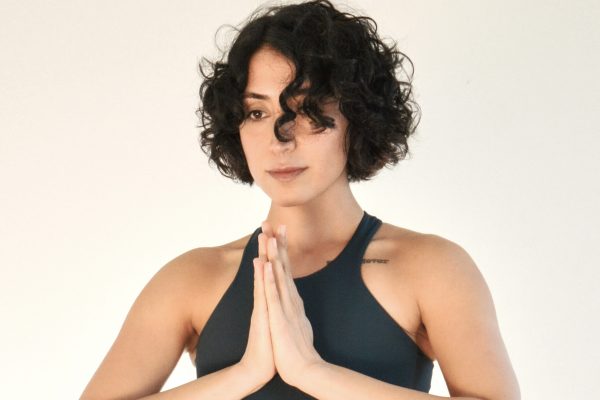
Mia Nazari
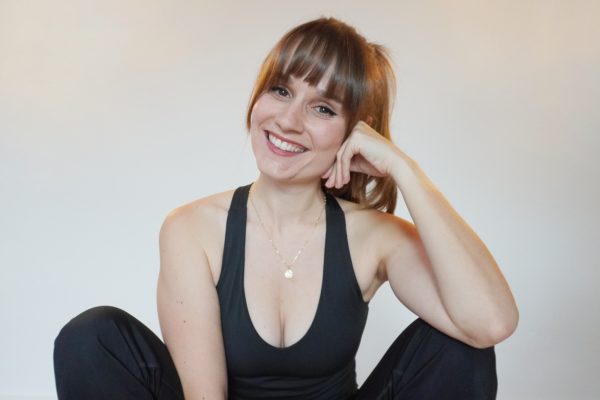
Kayleigh Goodman

Tammy Mccann

Adrianne Nightingale
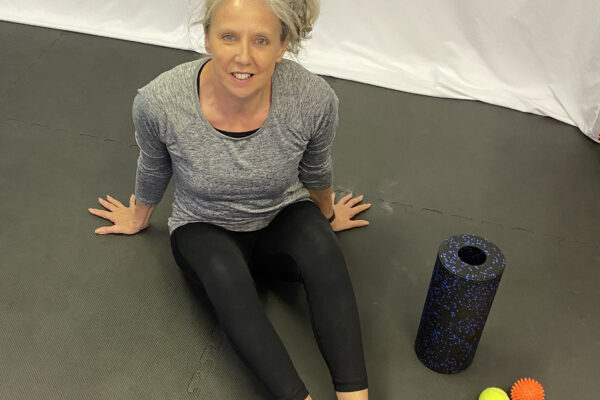
Kim Wells
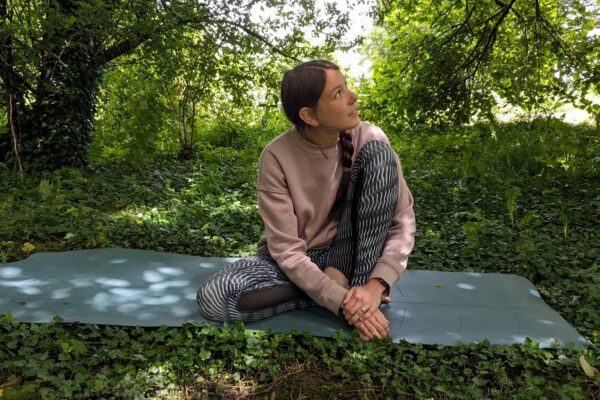
Laura Waddoups

michael salmon

Hayley Goodwin
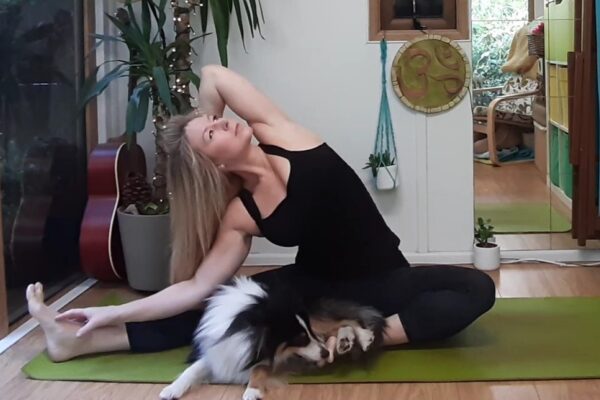
 Live Yoga Teachers
Live Yoga Teachers
